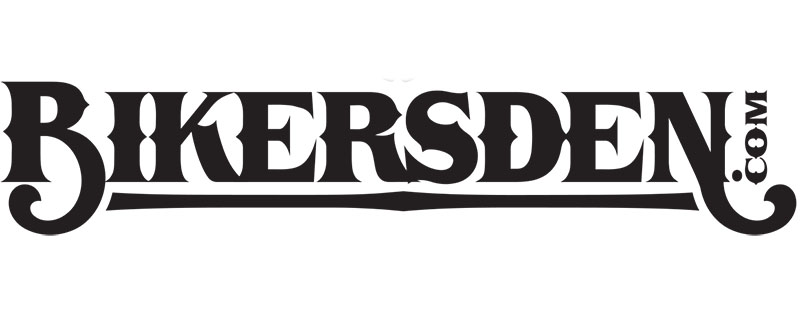So last weekend, a buddy of mine called me on the phone losing his mind about his gas tank. He’d taken the bike out from under the cover and there, for everyone to see, was a fist-sized dent on the left hand side of his tank. What was worse? It had been there awhile – and not from his doing.
He’s at least the third owner of his bike – a ten-year-old Sportster – and in looking at the damage, it appears that somebody, sometime, dropped something heavy on it or smacked it with a bat. It would also seem that they didn’t do a great job with the Bondo and the filler prep and at some point over the winter, the cold managed to “pop” an edge off of it and allow it to drop out.
It was sitting there, pretty as you please, on the floor.
Now, we both know that fitting a new tank to an older bike is not rocket science, but he didn’t have the money to drop on a new tank and, even worse, he’s the guy that gets the stealership to change the oil.
Once I got him calmed down, I told him that I’d ride over and take a look and tell him the best course of action.
Well, guess what?
It cost him $36.82 to fix the tank with a little guidance from yours truly. No air compressor, no sprayer; just some rattle can paint and a little elbow grease – which is free. The dealership would have easily been 10X that.
We started off with dropping the tank – disconnect the lines, unscrew the cap and fasteners that hold that in place, then physically unbolt the tank from the frame. Obviously, you need to empty the tank and let it vent to the atmosphere – we’re going to be making some sparks (potentially) and there’s no sense in losing your eyebrows. Since the tank was about 10 years old, once we got the fuel out of it, we cleaned it out and flushed it with lacquer thinner and let that get good and dry.
Next, we sanded with an aggressive grit – either 80 or 150 – to get all the loose Bondo and filler out of the crevices. The idea here is to get down to clean metal that will actually let the filler “grip” it and the last thing you want is a mirror finish. Obviously, we did have the tank vent and filler area taped off to keep dust and debris out of it – we still flushed it out thoroughly when we were done.
We ended up taking off paint about an inch or two from the “good” area around the dent and feathering that edge. As you get down from the metal to the primer to the actual paint, you’ll see fine lines – this is where you need to use a finer and finer grit to make that edge seamless. We worked up to 1000 grit – and remember – the rule is no more of a grit jump than 100-200 at a time.
With that done, we wiped down the tank with wax and grease remover, let that dry, and mixed up a batch of filler.
Now, we put a good coating of filler on the tank in the “hole” (which was only about 3/8 inch deep at its deepest – more ugly than anything) and slathered it on to cure. We let that get nearly dry and used a “cheese comb” to get the shape that we wanted. Once the Bondo reached full cure, we started shaping with 220 grit. There were some low spots, so we mixed up another batch – it’s always better to mix three or four small batches instead of one giant gob – adhesion is much better. In the end, we needed four smaller batches and with an hour or so of sanding and shaping, we had the shape we needed.
Now came the hard part… we had to set the tank to the side for the night to reach full cure. Sure, you can jump right in after an hour or two, but in my experience, I like to let it sit for overnight. I find that my work is better.
The next day, we finish sanded up to 400 on the filler and got our tank primered. Since Chuck’s tank was black, any spots were going to stand out like a sore thumb, so we spent a good deal of time on shaping and staring at it from every angle.
The result? It sure looked good in primer. We actually used rattle-can Duplicolor – a basecoat/clearcoat system that the local autoparts stores carry. A can of each got us great coverage – about 6 coats of each, wiped down with a tack cloth between coats – and then it was time to do something else hard…
Chuck had to set the tank aside to dry and let the clearcoat harden.
Since it was rattle-can paint and clearcoat, it is going to take about 7-10 days before he’s able to buff it out. As it sits right now, it looks really good, but it has some orange peel that should come right out with polishing and buffing.
Even better? Chuck isn’t out $400.
In most cases, motorcycles aren’t rocket science and because they are smaller and easier to work on than a car, you can absolutely do a lot of work on them yourself. As we are all getting ready for the riding season, I’m willing to bet that quite a few of you guys are going to uncover some damage when you take the bike out – don’t be scared to do it yourself and save some real money!
